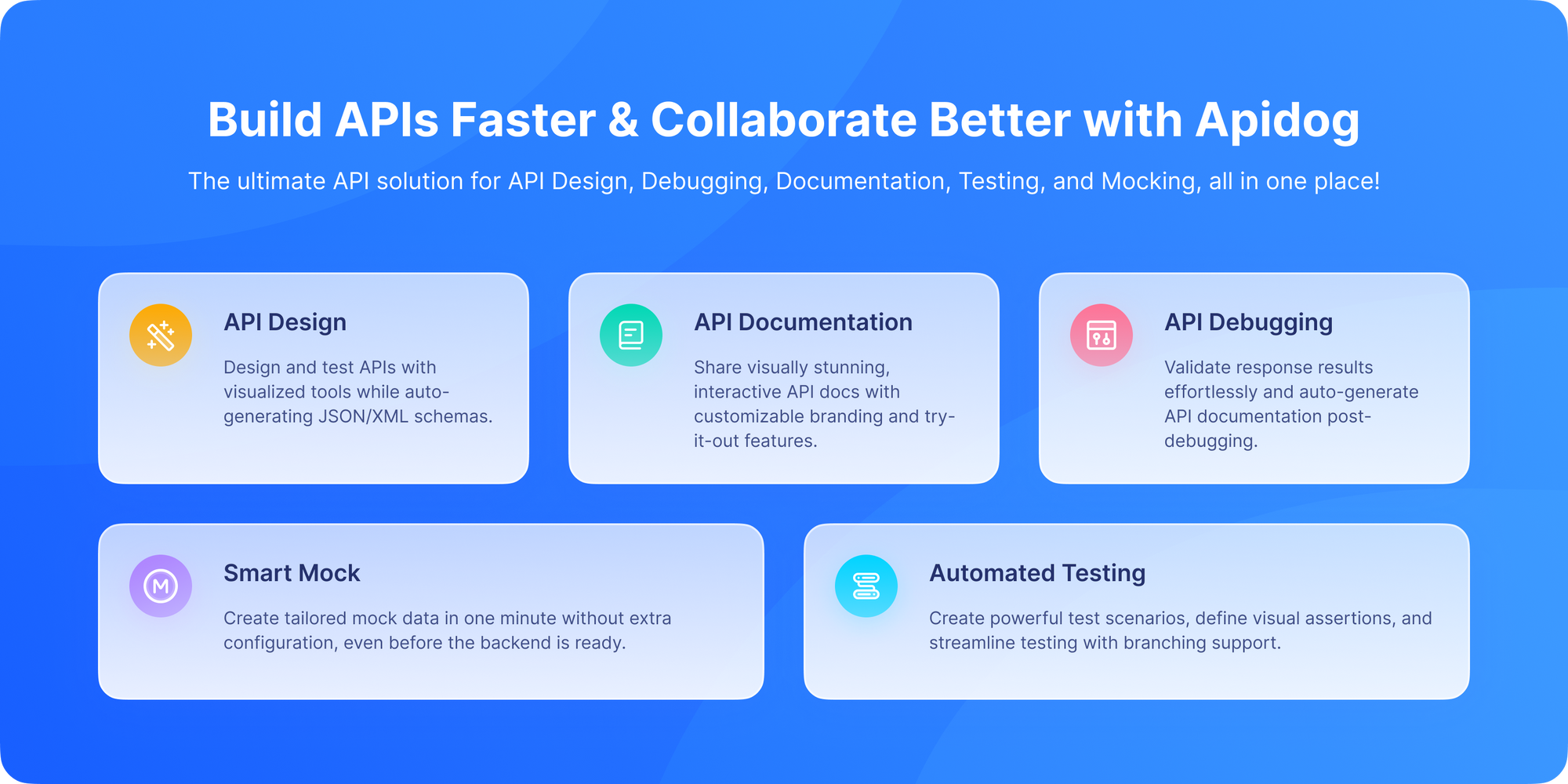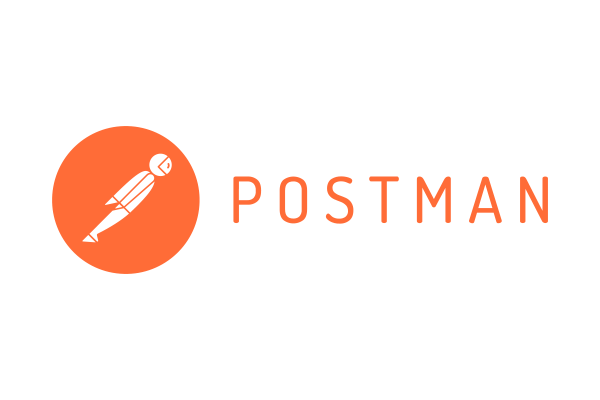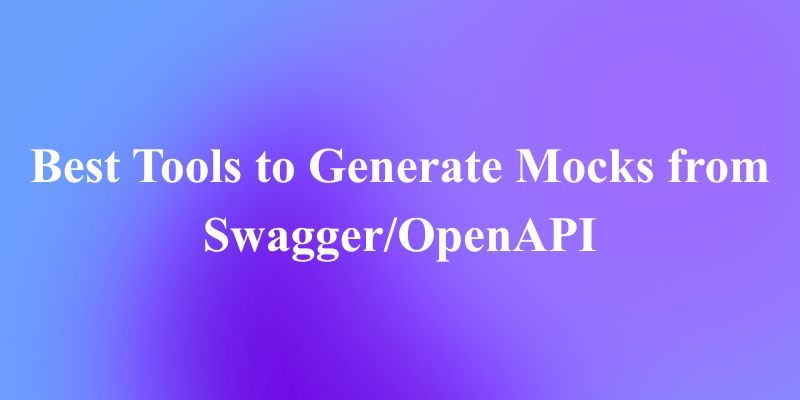You've just finished designing a beautiful API contract using Swagger (OpenAPI). Your YAML file is pristine, every endpoint is documented, and your data models are perfectly defined. There's just one problem: the backend team hasn't built the actual API yet. Your frontend developers are tapping their fingers, waiting for something to code against.
This is where the magic of API mocking comes in. Instead of waiting, you can instantly generate a fully functional mock server from your Swagger specification that returns realistic, contract-accurate responses. This allows frontend and backend teams to work in parallel, speeding up development dramatically.
But with so many tools available, how do you choose the right one for generating mocks from your Swagger files? I've tested them all, and I'm going to walk you through the best options available today.
Now, let's explore the landscape of Swagger mock generation tools and find the perfect fit for your workflow.
Why Mocking Matters: The Power of Parallel Development
Before we dive into the tools, let's talk about why API mocking is such a game-changer for modern development teams.
The Traditional Sequential Approach:
- Backend team designs API (maybe)
- Backend team implements API (weeks/months)
- Frontend team waits
- Frontend team finally starts coding
- Integration hell begins
The Modern Parallel Approach:
- Team collaboratively designs API contract (Swagger/OpenAPI)
- Generate mock server instantly from Swagger spec
- Frontend team codes against mock API immediately
- Backend team implements real API simultaneously
- Smoother integration with fewer surprises
Mocking turns your API specification from documentation into an executable contract. It catches design flaws early, enables testing before implementation, and keeps your entire team moving forward.
Why Generate Mocks from Swagger in the First Place?
Before comparing tools, it’s worth asking: Why even bother generating mocks from Swagger?
Well, Swagger (now part of the OpenAPI Specification) defines your API contract endpoints, request/response formats, status codes, headers, and more. This spec is machine-readable, which means tools can automatically interpret it and spin up a fake server that behaves exactly like your real API should.
This unlocks huge benefits:
- Frontend developers can build UIs without waiting for backend completion.
- QA engineers can write tests against consistent, predictable responses.
- Mobile teams can work offline with reliable mock data.
- Product managers can demo features using realistic data flows.
- Contract testing becomes trivial since the mock enforces the spec.
In short: Mocks from Swagger reduce bottlenecks, improve collaboration, and accelerate delivery.
But not all mock generators are created equal. So, let’s break them down.
The Contenders: Top Tools for Mock Generation from Swagger
Let's examine the best tools available for turning your Swagger files into working mock servers.
1. Apidog: The All-in-One API Development Powerhouse

What Makes Apidog Stand Out?
Apidog lets you import a Swagger/OpenAPI file and instantly generate a mock server with one click. No terminal, no YAML tweaks, no Docker containers. Just import → mock → share.
But here’s the kicker: Apidog doesn’t just return static JSON. It understands your data schemas and generates realistic mock data based on field types, enums, examples, and even custom rules.
Who Is Apidog Best For?
- Small to mid-sized dev teams wanting an all-in-one solution.
- Frontend-heavy projects needing fast, reliable mocks.
- Teams already using Postman-like workflows but frustrated with Postman’s limited mocking.
- Anyone who values UI-driven setup over CLI/config files.
Apidog takes a different approach by being a comprehensive API platform where mocking is just one of many tightly integrated features.
Key Features:
- Visual mock configuration: Easy-to-use interface for setting up mock responses
- Automatic example generation: Creates realistic mock data from your schemas
- Dynamic response logic: Supports advanced mocking with conditional responses
- Integrated testing: Test your mocks and real APIs in the same environment
- Team collaboration: Built-in sharing and commenting features
How it works:
- Import your Swagger file into Apidog
- The platform automatically generates a mock server
- Customize mock responses through the visual editor
- Share the mock URL with your team
- Use the same platform to test both mocks and real implementations
Pros:
- Unified workflow no switching between tools
- Excellent balance of power and usability
- Strong team collaboration features
- Great for both technical and non-technical team members
Cons:
- More feature-rich than some teams might need
- Learning curve for the full platform (though mocking itself is straightforward)
2. Stoplight Prism: The Specialist

Best for: Teams who want a dedicated, powerful mocking server that follows OpenAPI specs religiously.
Stoplight Prism is a purpose-built mock server that takes OpenAPI compliance very seriously. It's not a general-purpose API tool it's a specialist that does one thing exceptionally well.
Key Features:
- Example-based mocking: Returns the examples you define in your OpenAPI spec
- Dynamic mocking: Can generate realistic data based on schema definitions when examples aren't provided
- Request validation: Can validate incoming requests against your spec
- Proxy mode: Can automatically route calls to the real API when it's available
- CLI and Docker support: Easy to integrate into CI/CD pipelines
Customization Options
Prism lets you:
- Use example values from your spec.
- Apply mocking rules via CLI flags (
-errors,-dynamic). - Proxy real requests while mocking others (great for hybrid testing).
Who Should Use Prism?
- DevOps or QA engineers who need scriptable, CI/CD-friendly mocks.
- Teams comfortable with command-line tools.
- Projects requiring strict OpenAPI compliance.
Caveats
- No UI everything is code/config-based.
- Collaboration is manual you’ll need to deploy the mock server somewhere (e.g., AWS, Heroku).
- Stoplight’s focus has shifted to their commercial platform, so community support is limited.
Still, for technical teams wanting a no-frills, reliable mock server, Prism is excellent.
Pros:
- Extremely spec-compliant and predictable
- Great for contract testing
- Open source and free
- Excellent for automated testing pipelines
Cons:
- Limited beyond mocking you'll need other tools for testing and documentation
- Requires command-line comfort
- Less intuitive for non-developers
3. Swagger Codegen: The Traditionalist

How It Works
Swagger Codegen reads your OpenAPI spec and generates server stubs in your language of choice (Node.js, Python, Java, etc.). You can then run that stub as a mock server.
Best for: Developers who want maximum control and don't mind some configuration.
Swagger Codegen is the original tool from the OpenAPI initiative, capable of generating many things including mock servers.
Key Features:
- Multiple server stubs: Generate server code in various languages
- Highly customizable: Can tweak templates to your needs
- Community-driven: Supports many languages and frameworks
Pros:
- Maximum control over generated code
- Free and open source
- Can generate actual server code, not just mocks
Cons:
- Can be complex to set up and configure
- Generated code might need significant modification
- Less "instant" than other solutions
Verdict
Use this if you want full control over the mock server code and don’t mind maintaining it. But for most teams, it’s overkill for simple mocking needs.
4. Postman: The Familiar Workhorse

Best for: Teams already invested in the Postman ecosystem who want integrated mocking.
If your team already uses Postman for API testing, their mock server feature provides a natural extension of your existing workflow.
Key Features:
- Seamless integration: Mocks work with your existing Postman collections
- Environment simulation: Can mimic different environments (dev, staging, prod)
- Example responses: Uses your defined examples from collections
- Cloud hosting: Postman hosts your mocks, no infrastructure needed
How it works:
- Import your Swagger file into Postman (it becomes a collection)
- Add example responses to your requests
- Create a mock server from the collection
- Get a URL to share with your team
When to Use Postman for Mocking?
Only if:
- You’re already deep in the Postman ecosystem.
- Your API is very simple (few endpoints, no complex objects).
- You’re okay with manual response configuration.
For serious mocking from Swagger? There are better options.
Pros:
- Minimal context switching if you already use Postman
- No setup required hosted by Postman
- Good for quick prototyping and sharing
Cons:
- Mock quality depends heavily on how well you've defined examples
- Can get expensive for teams (premium feature)
- Less automated than spec-driven tools
5. MockServer: The Enterprise Option
Best for: Large organizations needing sophisticated mocking for testing and development.
MockServer is a powerful, standalone server that can mock any API, with first-class support for OpenAPI specifications.
Key Features:
- Expectation management: Programmatically define complex mock behaviors
- Verification: Can verify that certain requests were received
- SSL support: Can mock HTTPS endpoints
- Docker deployment: Easy containerization
Pros:
- Extremely powerful and flexible
- Great for automated testing scenarios
- Can record and playback traffic
Cons:
- Overkill for simple mocking needs
- Steeper learning curve
- More infrastructure to manage
Key Considerations When Choosing a Tool
As you evaluate these options, consider these important factors:
1. Fidelity to Specification
How closely does the mock adhere to your OpenAPI spec? Tools like Prism excel here, while others might require more manual configuration.
2. Ease of Use
Can your entire team (including less technical members) work with the tool? Apidog and Postman tend to be more accessible than command-line tools.
3. Integration with Your Workflow
Does the tool fit naturally into your existing development process? Consider your current tools for testing, documentation, and collaboration.
4. Dynamic Response Capabilities
Can the tool generate realistic data beyond static examples? This becomes crucial when working with complex schemas.
5. Team Collaboration Features
How easy is it to share mocks with your team and get feedback?
Advanced Mocking Techniques
Once you've chosen a tool, consider these advanced strategies:
1. Stateful Mocks
Some tools can simulate state changes, like updating a resource and then returning the updated version.
2. Fault Injection
Test how your frontend handles errors by configuring mocks to return different HTTP status codes.
3. Latency Simulation
Add artificial delays to simulate real-world network conditions.
4. Data Variability
Configure mocks to return different data on subsequent calls to test loading states and data updates.
Testing Your Mocks with Apidog
Whichever tool you choose for mock generation, you'll want to test those mocks thoroughly. Apidog shines here because it allows you to:
- Validate against specification: Ensure your mock responses actually comply with your OpenAPI schema
- Test error scenarios: Easily simulate 4xx and 5xx responses
- Performance test: Check that your mocks respond within acceptable timeframes
- Automate validation: Create test suites that run against your mocks to catch regressions
The ability to test both your mocks and your real implementation using the same tools and workflows is incredibly valuable.
Pro Tips for Better Swagger Mocks (Regardless of Tool)
- Add examples to your OpenAPI specTools like Apidog and Prism use
exampleorexamplesfields to generate better mocks. - Use realistic schemasDefine
format: email,format: date-time, etc. mock generators respect these. - Version your specSo your mocks stay in sync across environments.
- Mock error responses tooDon’t just mock
200 OK. Test400,401,500using your spec’sresponsessection. - Combine mocks with contract testingUse the same OpenAPI spec to validate real API responses against the contract.
Making Your Choice: A Practical Guide
Here's my practical advice for choosing the right tool:
- For solo developers or small teams: Start with Apidog or Postman they're approachable and cover most use cases.
- For API-first organizations: Consider Stoplight Prism for its strict spec compliance and testing capabilities.
- For complex enterprise needs: Look at MockServer for its advanced features and flexibility.
- For maximum control: Use Swagger Codegen if you need to customize every aspect of your mock server.
Remember, you're not locked in forever. Many teams start with one approach and evolve as their needs change.
Conclusion: Mock Your Way to Better APIs
Generating mocks from Swagger specifications is no longer a nice-to-have it's an essential practice for modern API development. The right mocking tool can transform your API design process from a theoretical exercise into an executable specification that drives parallel development and catches issues early.
Whether you choose the specialized precision of Stoplight Prism, the familiar environment of Postman, or the comprehensive approach of Apidog, the important thing is to start mocking. Your future self and your entire development team will thank you when integration day arrives with fewer surprises and smoother collaboration.
The best tool is the one that fits your team's workflow and gets everyone working together more effectively. And with Apidog's free tier, there's no reason not to start exploring how proper API mocking can accelerate your development process today.



